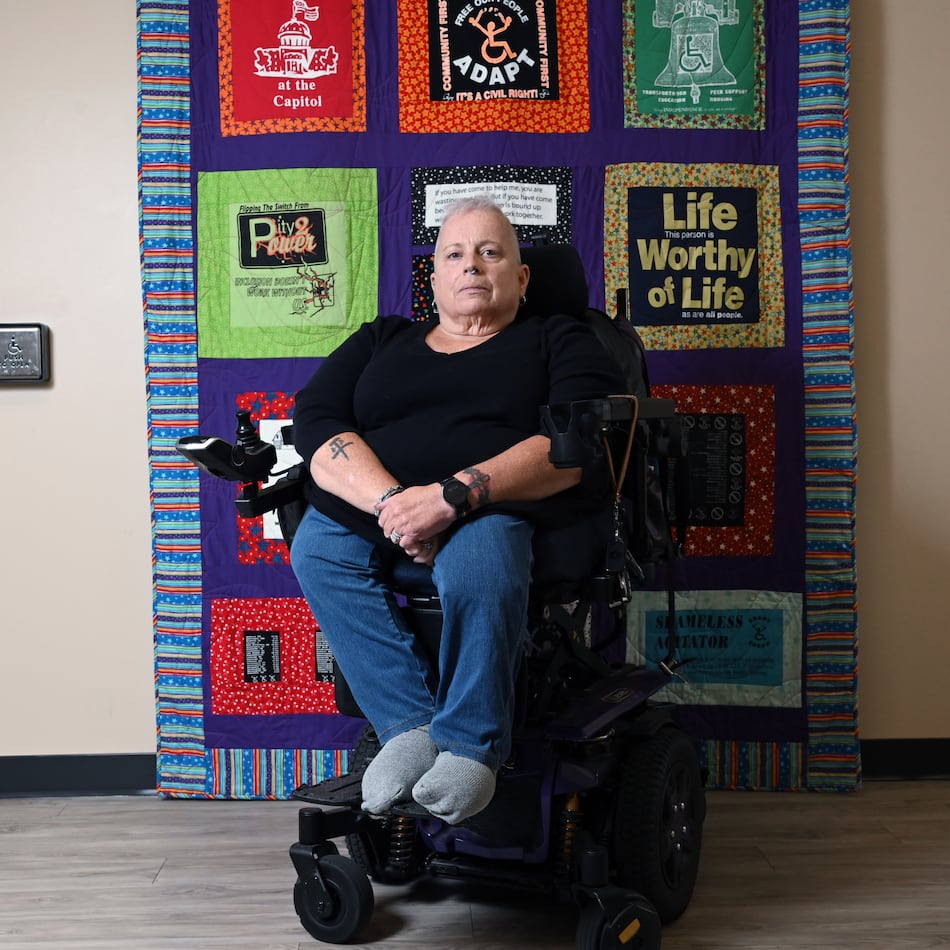Government intervention in the financial crisis has prompted a number of critics, including columnist Thomas Sowell, to write disparagingly of Franklin D. Roosevelt’s “New Deal,” claiming it prolonged, rather than ended the Great Depression of 1929. Growing up in those depression years on the far south side of Chicago, amid factories and steel mills, I can attest to the devastations of that national crisis.
Indeed, those were the worst of times. Unemployment reached 13 million (25 percent of the work force). Most farmers were earning far less than $1,000 a year. Between 1929-1932, 5,000 banks failed, 600,000 Americans lost their homes as the nation’s GDP dropped 50 percent.
No one seemed to know or care about “the little guy,” the underdog, who worked 12 -14 hour days, with no vacations (except for factory shutdowns and layoffs) or sick pay or pensions. In fact, the hour laborer was dispensable and discardable.
Along came a newly elected president who audaciously proclaimed: “We have nothing to fear but fear itself.”
The 100 days that followed his inauguration were frenetic. Bills were enacted, agencies were created and billions of dollars were earmarked for mortgage holders, the unemployed, the farmers, the disabled and the aged. The biggest public works program in history was authorized. The Social Security Act was passed.
Did it work? Did it end the depression?
Yes and no. It relieved, but did not end the economic crisis. By 1940, 8 million Americans remained unemployed, down from 13 million in 1932, but still a goodly number. And the programs were costly. The federal debt almost doubled: from $22.5 billion to $40.5 billion.
Yet, it’s a bit unfair to judge the New Deal by that criterion alone. FDR’s agenda was two-fold: recovery and reform.
What was reformed? Primarily the federal government: its role was redefined and broadened. It became an active agent in addressing the harmful social and economic imbalances that were exposed in the depression.
Author David M. Kennedy identifies the word “security” as the touchstone, the leitmotif, of the New Deal: economic stability and predictability for everyone.
In FDR’s view, the owners of industry in the 1920s failed to pass along the fruits of high productivity by way of higher wages and lower prices. The social and economic gaps widened. With such private sector failure, the federal government was the only viable agency with the resources to stop the hemorrhaging.
That, of course, is a point of contention. Some feel the government moved in too fast and got too involved in the daily lives of citizens, and did so at the expense of free enterprise.
It is ironic that many government initiatives strongly resisted at the onset (Social Security and Medicare being prime examples) are ardently espoused once in place, as George Bush discovered when he tried to privatize a portion of Social Security and as President Obama is now learning when health reform threatens to diminish funding for Medicare.
Contrary to the position that the New Deal diminished capitalism, historians Samuel Morrison and Henry Comminger claim that FDR actually saved capitalism by helping “to rid it of its grosser abuses and to force it to accommodate the larger public interests.” That is, by assuring that “the common man has economic security as well as suffrage.”
In the 1952 presidential campaign, GOP candidate Dwight D. Eisenhower declared: “Should any political party attempt to abolish Social Security, Unemployment Insurance, eliminate Labor and Farm Programs, you would not hear of that party again in political history.”
A fitting testimony to the lasting legacy of the New Deal.
Lawrence E. Holst of Kennesaw is a retired pastor in the Evangelical Lutheran Church in America.
About the Author
Keep Reading
The Latest
Featured

